The traditional classroom, with its rows of desks and chalkboard-centric design, has remained largely unchanged for over a century. Yet, as technology continues to evolve at a breakneck pace, educators and innovators are beginning to explore radical alternatives. One of the most promising—and visually stunning—developments is the integration of augmented reality (AR) and holographic projection into learning environments. Imagine a classroom where historical figures materialize to recount their experiences, complex molecular structures float in mid-air for students to examine from every angle, or distant galaxies are projected in vivid detail right before their eyes. This is not science fiction; it is the future of education.
For decades, the limitations of physical classrooms have constrained the ways students engage with material. Textbooks, while informative, are static. Diagrams and illustrations can only convey so much. Even digital screens, though more interactive, still present information in a two-dimensional format. Holographic technology shatters these constraints by introducing a three-dimensional, immersive learning experience. A student studying anatomy, for instance, could walk around a life-sized hologram of the human heart, watching it beat in real time and even "dissecting" layers to explore its inner workings—all without the need for a physical specimen.
The implications for engagement and retention are profound. Research has long shown that interactive and experiential learning leads to better comprehension and memory retention. When students can manipulate and interact with their lessons in a spatial context, abstract concepts become tangible. A physics lesson on planetary motion transforms when learners can adjust the speed and trajectory of orbiting holographic planets with a wave of their hand. History becomes visceral when holographic reenactments of pivotal events unfold around them. This level of immersion not only captures attention but also fosters deeper cognitive connections.
Beyond engagement, holographic classrooms could democratize access to high-quality education. Remote or underserved schools often lack the resources for specialized labs, field trips, or guest lecturers. With AR and holography, a rural classroom could host a Nobel Prize-winning scientist delivering a lecture as a lifelike hologram or take a virtual field trip to the Louvre without leaving their desks. The technology also opens doors for personalized learning. Imagine an AI-driven holographic tutor adapting in real time to a student’s questions, slowing down or revisiting topics based on their comprehension.
Of course, such a seismic shift in education does not come without challenges. The cost of holographic equipment and the infrastructure to support it remains prohibitive for many institutions. There are also valid concerns about the potential for over-reliance on technology, or the loss of human connection between teachers and students. Yet, as with any disruptive innovation, the key lies in thoughtful integration rather than outright replacement. Holography should enhance, not erase, the role of educators—freeing them from the constraints of static tools to focus on mentorship and critical thinking.
The first wave of holographic classrooms is already emerging. Universities like MIT and Stanford have begun experimenting with holographic lecturers, while K-12 schools in tech-forward districts are piloting AR-enhanced science labs. As the technology becomes more affordable and scalable, it’s not hard to envision a near future where the phrase "going to class" means stepping into a dynamic, holographically enriched space limited only by imagination. The classroom of tomorrow may have no walls, no textbooks, and no physical boundaries—just infinite possibilities.
Critics may argue that such advancements are unnecessary, that traditional methods have served education well enough for generations. But to dismiss holographic learning as a gimmick is to underestimate its transformative potential. This is not about replacing teachers with flashy tech; it’s about expanding the very definition of how we teach and learn. In a world where information is abundant but attention is scarce, education must evolve to meet students where they are. Holographic classrooms offer a glimpse into that evolution—one where learning is not just absorbed, but experienced.
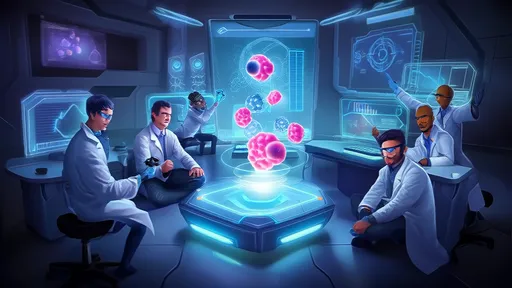
By /Jul 2, 2025
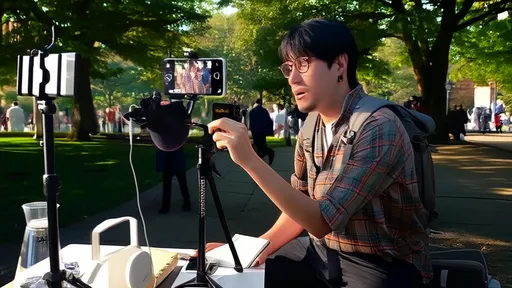
By /Jul 2, 2025

By /Jul 2, 2025
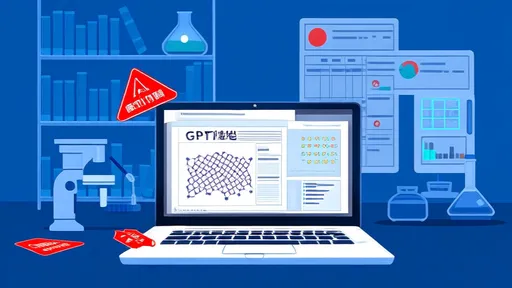
By /Jul 2, 2025
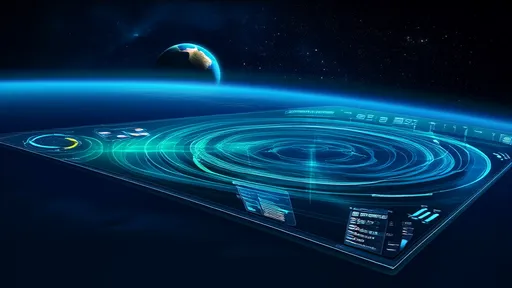
By /Jul 2, 2025
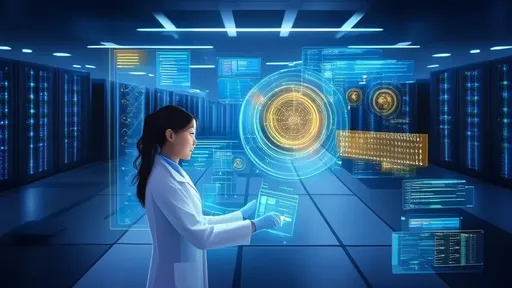
By /Jul 2, 2025
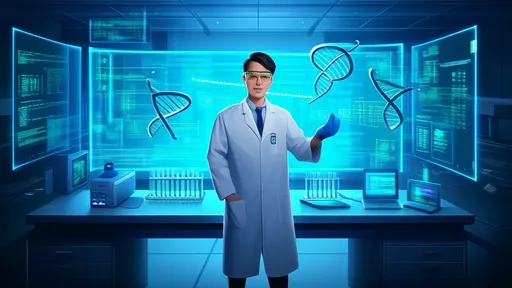
By /Jul 2, 2025
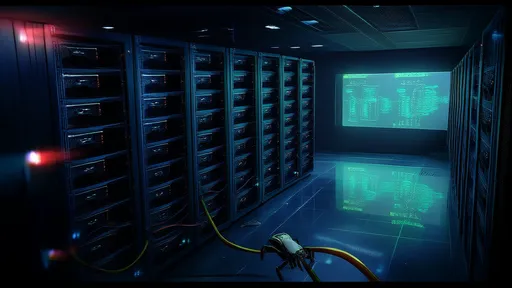
By /Jul 2, 2025

By /Jul 2, 2025

By /Jul 2, 2025
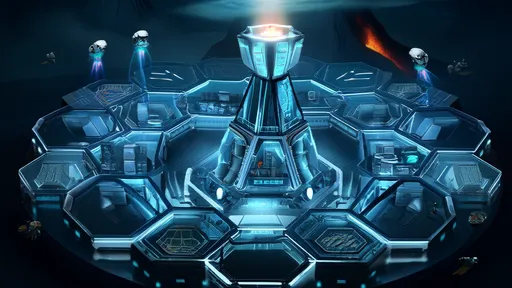
By /Jul 2, 2025

By /Jul 2, 2025

By /Jul 2, 2025
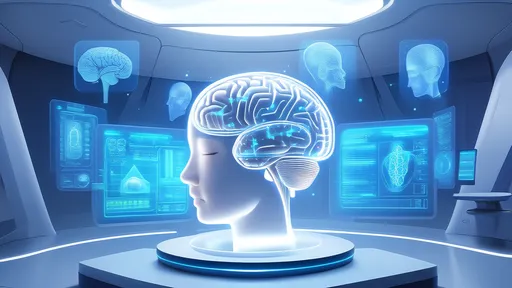
By /Jul 2, 2025

By /Jul 2, 2025
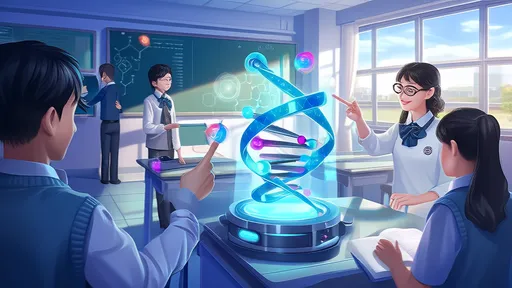
By /Jul 2, 2025

By /Jul 2, 2025
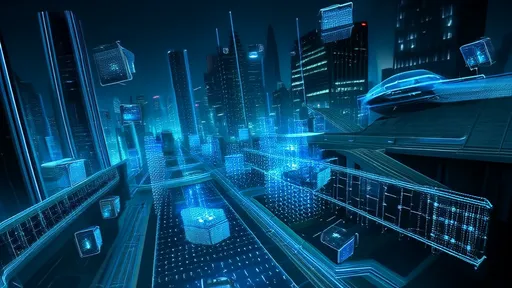
By /Jul 2, 2025
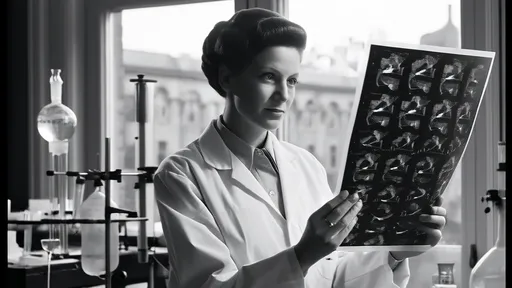
By /Jul 2, 2025

By /Jul 2, 2025